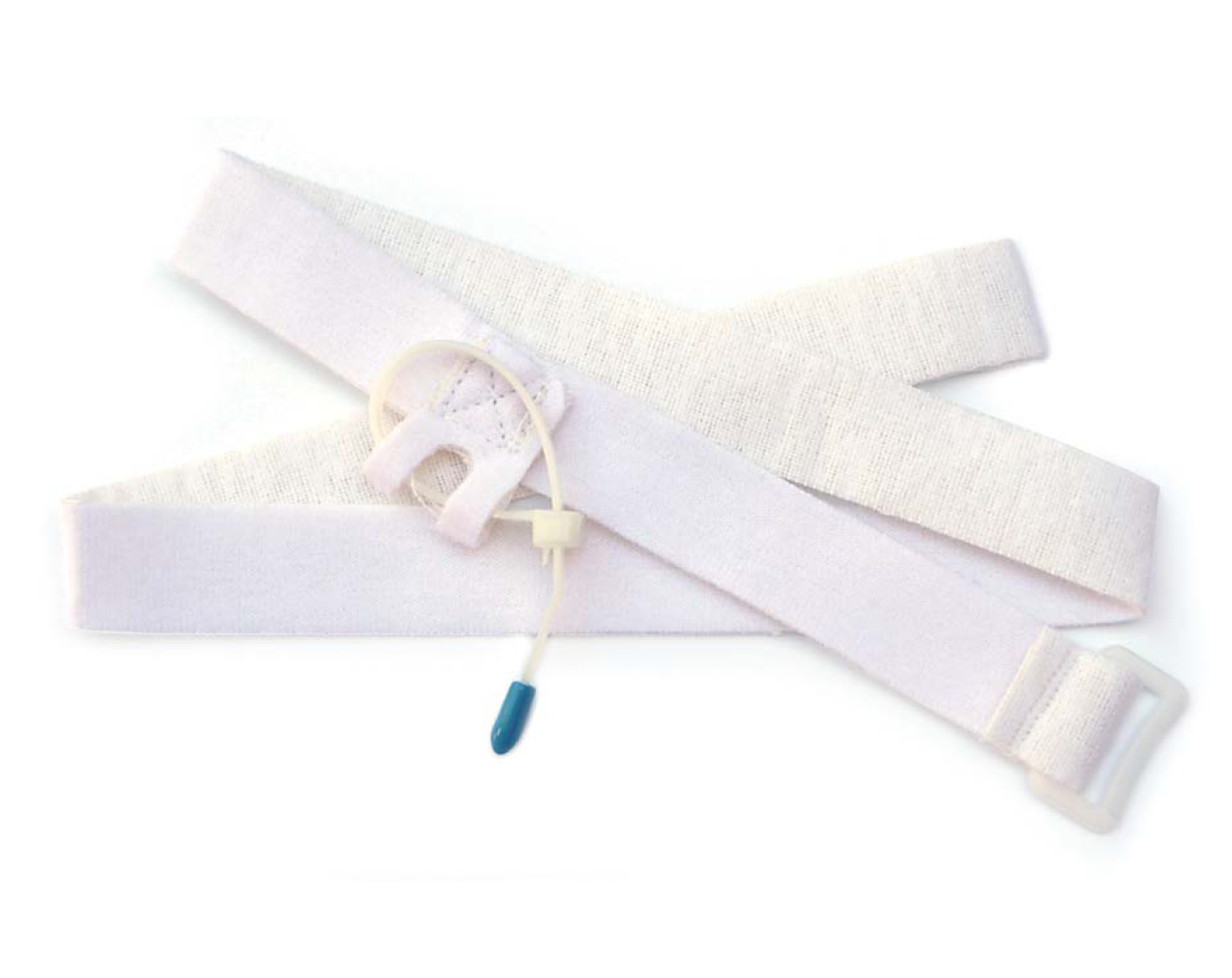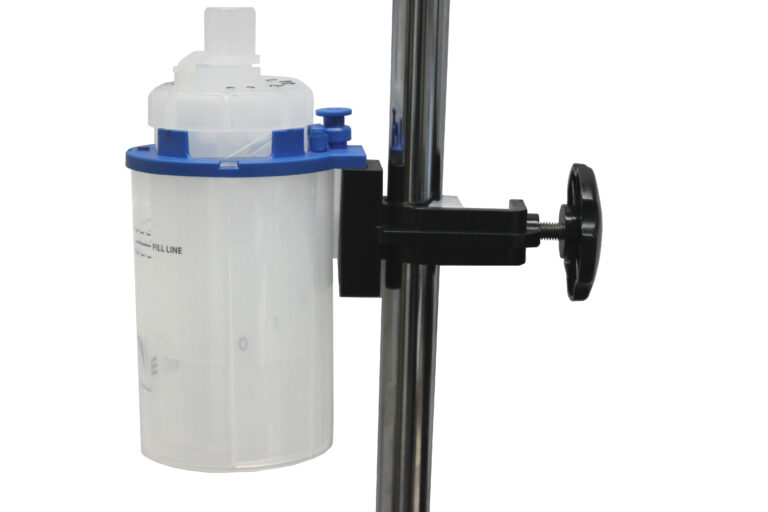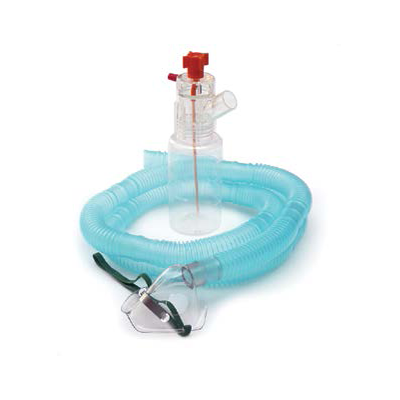Medical procedures are critical; even the smallest misstep can lead to the worst consequences. I learned this early on during a late-night shift in the ICU. A patient had just been intubated, and as the team fanned out to manage other priorities, I noticed the ET tube was shifting slightly. A small fissure in our focus almost caused the tube to dislodge—a mistake that could have thrown the patient into respiratory distress.
That moment left an impression and shifted my focus towards the effectiveness of tools we often take for granted, like ET tube holders, which are crucial to effective airway management. These devices are not just add-ons; they’re linchpins in patient safety.
If you’re in the trenches of critical care, anesthesia, or emergency transport, you’ve likely encountered the frustration of dealing with poorly secured ET tubes. This post isn’t about reinventing the wheel. It’s about understanding why the right Endotracheal tube holder matters—and why choosing the right one can prevent complications, save time, and, most importantly, save lives.
What Is (ET) Endotracheal Tube?
Endotracheal tube (ETT) intubation is a medical operation in which a tube is inserted into the trachea through the human nose or mouth. Securing a patient’s airway is crucial in the treatment of serious disease and injury.
An endotracheal (ET) tube holder can be a useful tool for the healthcare provider as it facilitates tube removal, implantation, and adjustment, reducing risks and increasing patient comfort.
An ET Tube Holder (endotracheal tube holder) keeps the endotracheal tube (ETT) securely in place within the patient’s trachea. This equipment is especially important in operating rooms, emergency rooms, and intensive care units (ICUs), where patients are intubated to preserve an open airway.
Below are the striking features of an endotracheal tube holder:
Adjustable Straps – The holder has straps that can be adjusted to provide a personalized fit and guarantee that the tube is firmly secured without giving the patient any discomfort.
Fast Release Mechanism – In an emergency, medical professionals can swiftly and simply release the holder to gain speedy access to the airway.
Non-Slip Material—Thanks to the holder’s non-slip construction, the tube cannot move even when the patient is being moved or transported.
An endotracheal tube holder lowers the possibility of unintentional extubation, which can result in dangerous consequences like aspiration or hypoxia, by securing the tube and assisting with correct insertion.
ET Tube Holder Clinical Implications and Best Practices
Integrating endotracheal and tracheostomy tube holders offers several advantages, including; increased safety, improved patient outcomes, and increased productivity for medical professionals.
– Cutting Down on Complications
By using these holders, the chance of issues related to tube displacement is greatly decreased. Unintentional decannulation or extubation can cause serious respiratory distress and need life-threatening tracheostomy tube replacement or emergency re-intubation.
– Improving Comfort for Patients
When it comes to medical care, patient comfort is crucial. By preventing skin deterioration and pressure sores, the use of holders composed of supple, non-irritating materials enhances patient comfort and happiness in general.
– Simplifying Care
Tracheostomy and Endotracheal Tube Holders make it easier for medical professionals to secure airway tubes, enabling faster and more effective treatment. These holders’ quick-release and customizable features improve workflow in medical settings by enabling swift reactions to evolving clinical scenarios.
ET Tube Types
Clamp-based Holders:
These holders use clamps that hold the ETT in place and are frequently fastened to the patient’s skin using straps or adhesive tape.
Examples: Certain designs have adjustable clamps to fit different tube shapes and diameters, ensuring a tight fit without putting undue strain on the airway.
Suction Tube Holders:
These holders have mechanisms to control suction tubes in addition to the ETT, avoiding obstruction or kinking.
Functionality: They frequently have built-in biting blocks to avoid occlusion and secretion suction.
Adjustable Straps:
These holders secure the ETT by encircling the patient’s head or neck with adjustable straps.
Benefits – They are appropriate for various patient sizes and ailments because they are simple to administer and modify.
Integrated Systems:
Some contemporary holders integrate several characteristics, like biting block capabilities, suction control, and stabilization, into a single apparatus.
For example, a state-of-the-art device called the StabilTube provides patients of all ages with significant stability without requiring frequent taping.
Uses of Endotracheal Tube Holders
– Airway Stabilization:
ETTHs maintain the endotracheal tube firmly in the trachea during patient movements or operations, limiting migration or dislodgement.
– Promoting Dental Care:
These holders stabilize the ETT, enabling medical professionals to administer oral care without running the danger of tube displacement or extubation.
– Reducing Complications:
When ETTHs are appropriately used, there is a lower chance of issues, including unintentional extubation, skin ulcers from sustained pressure, and airway blockage from kinking.
– Easy to Use in Emergencies:
During resuscitation efforts, preserving airway patency in emergency settings may depend on the prompt use of an ETTH.
ET Tube Holder Veterinary – What Factors Ensure Stability & Patient Safety?
As someone who has dealt with a range of ET tube holders, I’ve learned to value the characteristics that create a difference:
Adaptability to Different Sizes – The holder should be able to be used by everyone, from newborns to adults. The delicate airways of newborn and pediatric patients are the focus of the design of neobar ETT holders.
Comfort and Sturdiness – Patients find prolonged intubation difficult, and the last thing they need is skin discomfort from a shoddy holder design. Hydrocolloid tape is one material that reduces friction while retaining strength over time.
Ease of Use – Speed cannot be compromised in an emergency. A suitable holder should swiftly and easily secure the tube so the doctor can concentrate on the patient.
Versatility in Clinical and Veterinary Use
ET tube holders are essential for veterinary care and human use. As a veterinarian clinic assistant, I have seen firsthand the difficulties of securing an animal’s airway. Precise tube insertion is necessary for dogs, cats, and even exotic animals, and a dependable holder is crucial to ensuring adequate ventilation during procedures.
Tools such as the Neobar ETT holder are essential for neonatal patients. These holders offer support without putting unnecessary strain on the airway, which is crucial in NICUs where the stakes are constantly high. They provide evidence of how customized treatments can significantly impact patient outcomes.
Elevate Your Brand With B&B Medical Technologies
Shortcuts are not an option when it comes to airway management. Despite not being the main attraction, a safe ET tube holder is essential to patient care and safety.
B&B Medical Technologies is aware that stability cannot be compromised. From the Neobar ETT holder to veterinary solutions, our ET tube holders are made to withstand the rigors of emergency and clinical settings. Our solutions provide you the confidence to concentrate on what really matters—saving lives—whether you’re working in an intensive care unit, an operating room, or even a veterinary clinic.
When you assess your airway management equipment, ask yourself, “Do you have the best tools for the job?” Don’t accept anything less than dependable solutions when stability and safety are crucial.
Explore, pick, and create your cart!
FREQUENTLY ASKED QUESTIONS
How can difficulties be avoided using an ET tube holder?
A secure tube lowers the risk of hypoxia or airway damage and ensures continuous ventilation by preventing shifting or dislodgement.
Is it possible for a single holder to serve all patients?
Not exactly. The needs of pediatric and adult patients differ, so selecting a holder that fits correctly is essential. For instance, some designs, such as the Neobar, are beneficial for neonates.
Is it pleasant to use these holders for extended periods of time?
In agreement. In order to maximize patient comfort without compromising durability, modern designs make use of soft, breathable materials.


